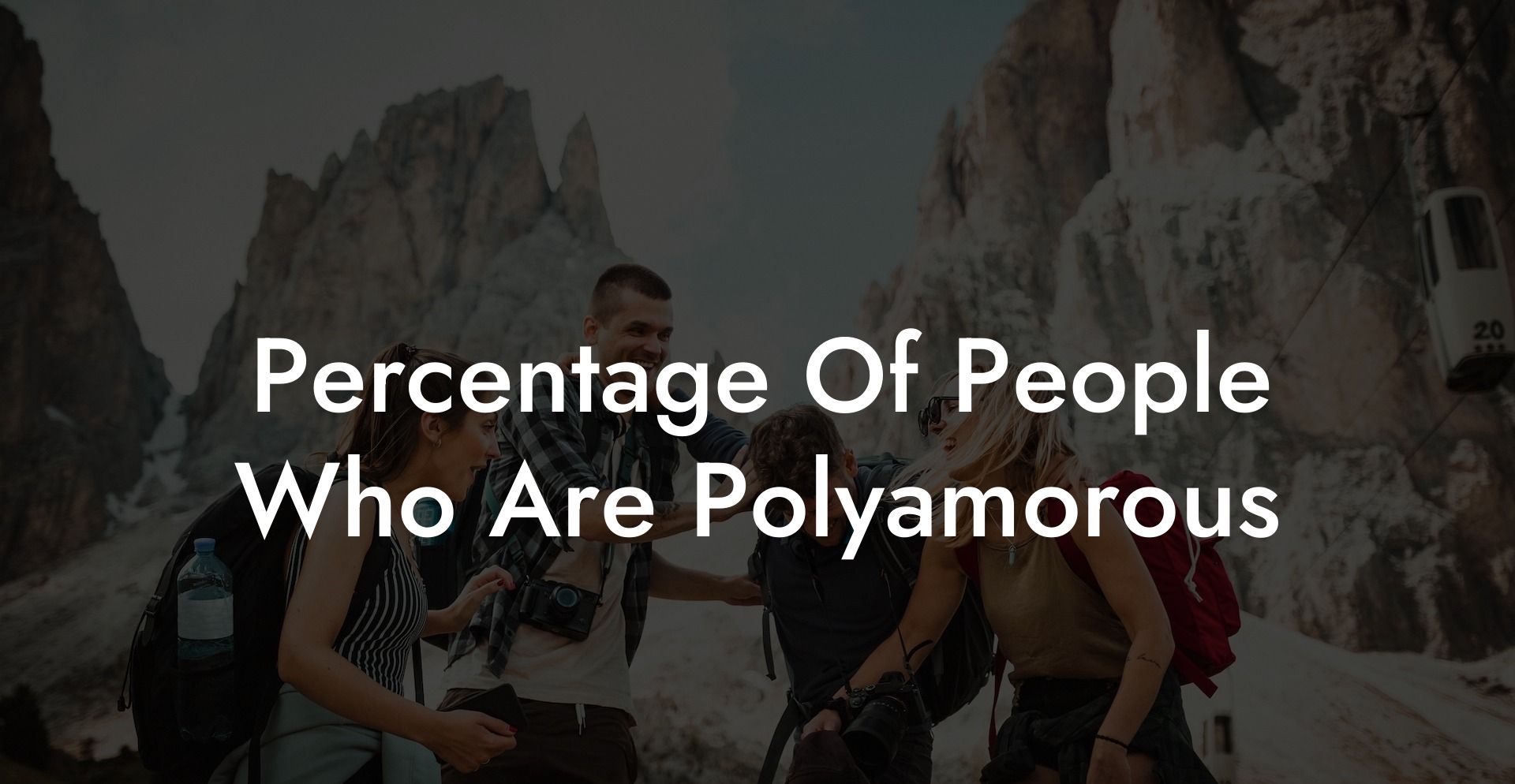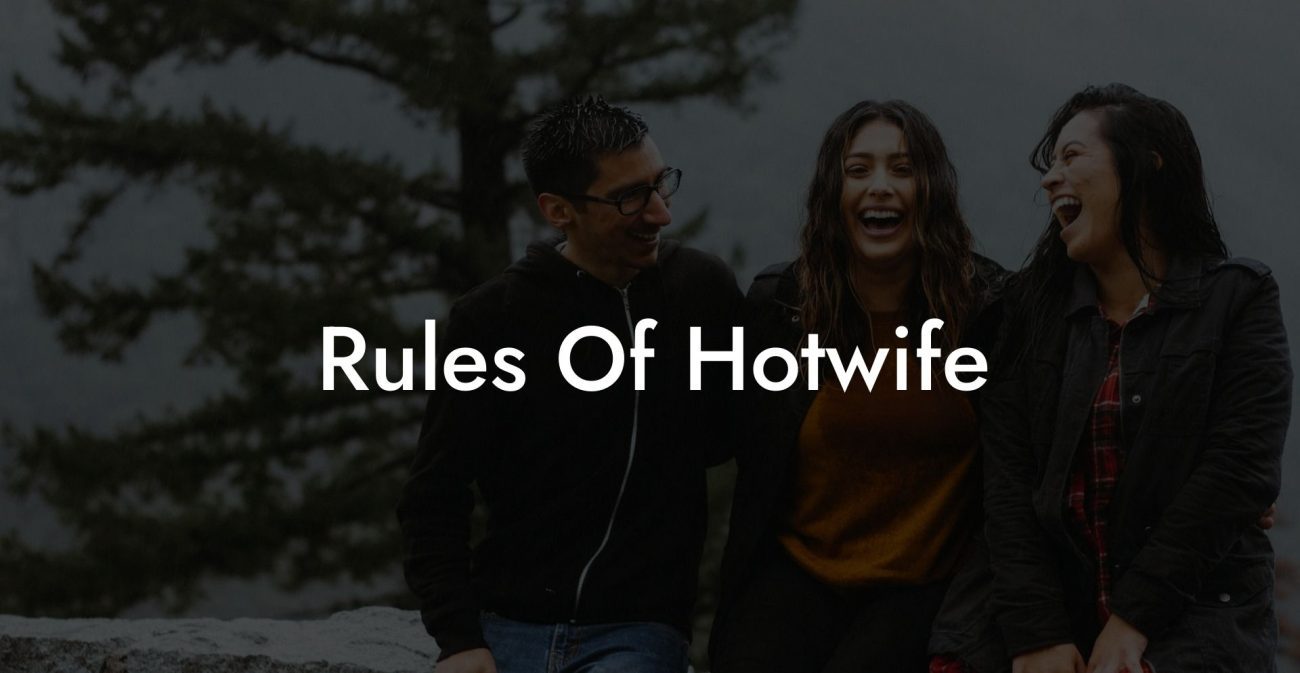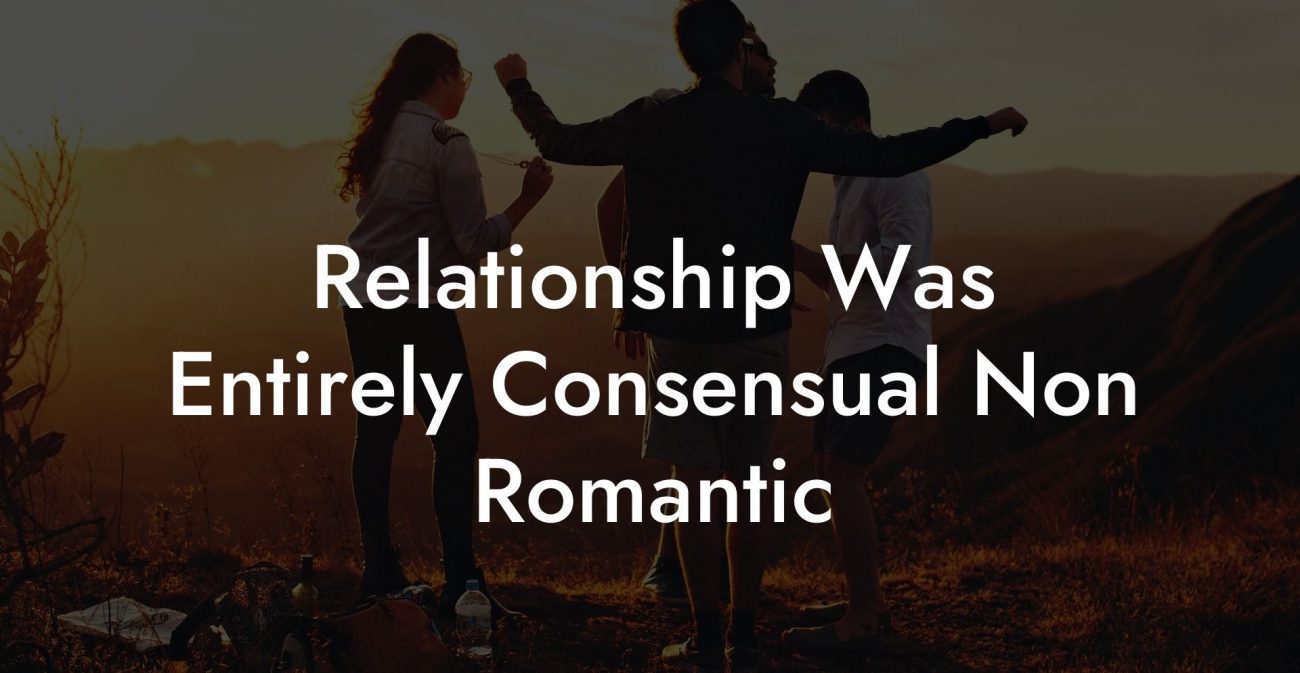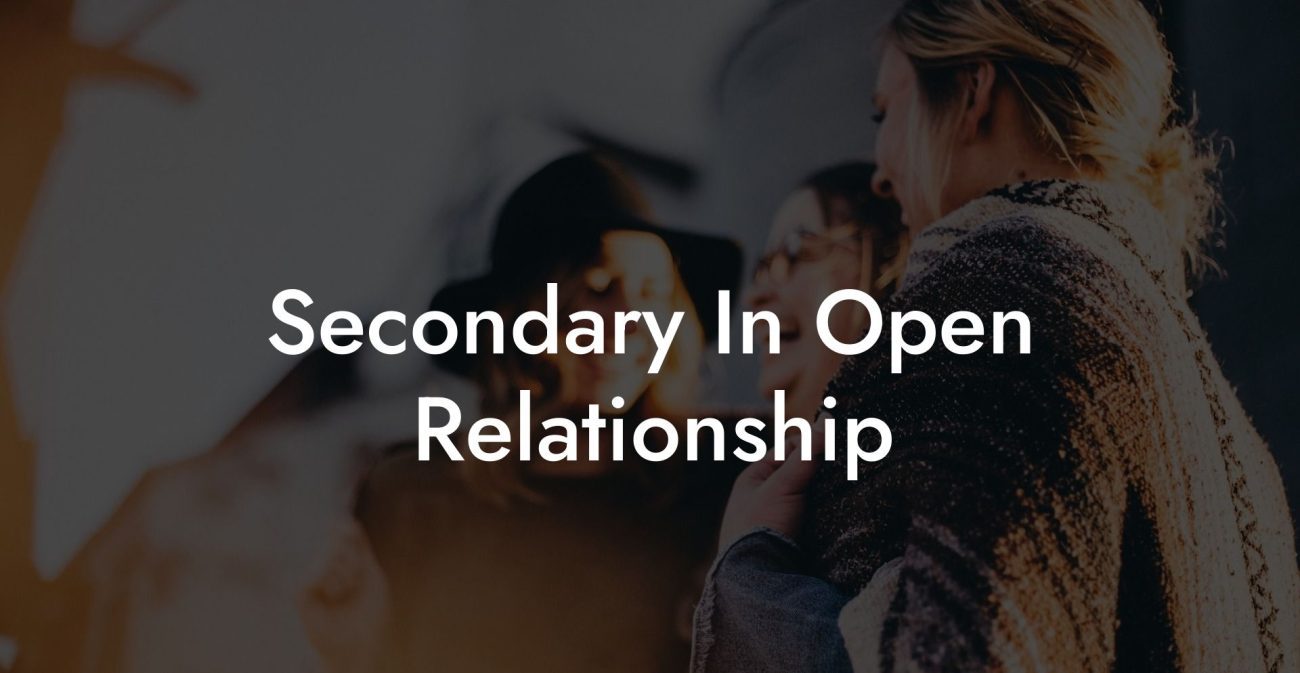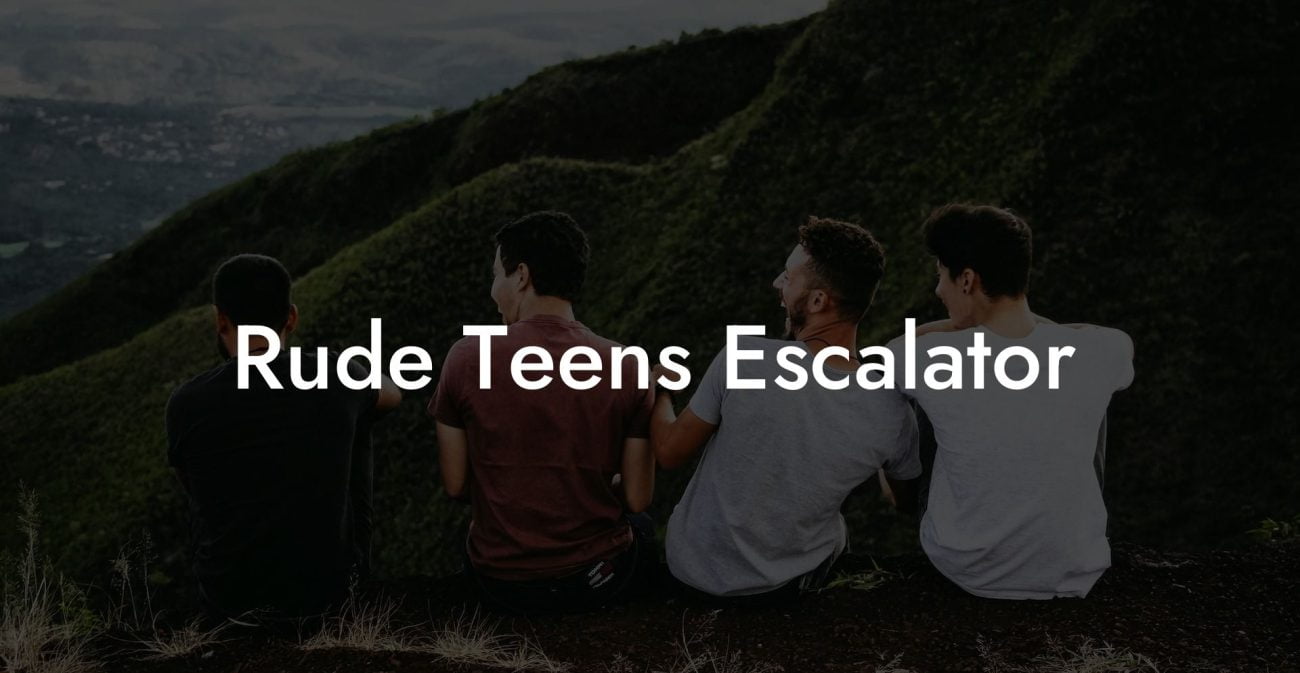The concept of polyamory has gained significant attention in recent years, breaking away from the traditional norms of monogamous relationships. As more people openly embrace non-monogamous dynamics, you may find yourself wondering what percentage of the population identifies as polyamorous. This article will explore the growing phenomenon of polyamory, discussing its prevalence in modern society, challenges faced by polyamorous individuals, and a relatable example for better understanding.
Percentage Of People Who Are Polyamorous Table of Contents
The Prevalence of Polyamory
Researching the exact number of polyamorous individuals is challenging as definitions and self-identification vary across different cultures and countries. However, several studies and surveys have attempted to gauge the prevalence of polyamory:
- A 2016 study in the journal "Sexualities" estimated that around 4-5% of the U.S. population was involved in some form of consensual non-monogamous (CNM) arrangement. This includes polyamory, open relationships, and other non-monogamous forms of relationship structures.
- A 2014 survey by the non-profit organization Loving More found that approximately 1.2-9.8 million Americans were involved in some form of CNM relationship.
- A YouGov survey conducted in 2015 found that approximately one in five (20%) of respondents claimed that they had been involved in a CNM relationship at some point in their lives.
It is evident from the studies above that the number of individuals identifying or participating in non-monogamous relationships is significant, albeit varied in its estimation.
Polyamory and Society
Even though it appears that a sizeable portion of the population engages in polyamorous relationships or is open to consensual non-monogamy, societal acceptance and understanding of these atypical relationship structures are comparatively low. Challenges faced by polyamorous individuals include:
- Legal hurdles: Most countries around the world solely recognize monogamous unions, leaving polyamorous families and relationships without legal protection.
- Misconceptions: Polyamory is often misrepresented and faced with misconceptions about being solely focused on sex or being an excuse for infidelity. However, such characterizations fail to account for the emotional and consensual aspects of polyamorous relationships.
- Discrimination: Polyamorous individuals may experience discrimination, prejudice, or stigmatization because of their relationship choices, which could affect their social, professional, and personal lives.
Fostering Understanding and Acceptance
Increased visibility of polyamorous relationships in popular media, together with open discussions about the subject, may contribute to broader acceptance and understanding of polyamory and other types of CNM relationships. By challenging traditional notions of love and relationships and advocating for more inclusive relationship structures, society can move towards embracing diversity in all its forms.
Percentage Of People Who Are Polyamorous Example:
Imagine a committed couple named Sarah and James who decide to open up their relationship after being together for five years. They discuss their feelings, set boundaries, and come up with agreements that make both parties feel secure and comfortable in freely exploring outside connections. Sarah begins dating a man named Michael, while James starts seeing a woman named Elizabeth.
All involved parties are aware of the existing relationships, maintain open communication with one another, and support each other’s individual connections. This network of relationships, built on a foundation of trust, communication, and consent, represents polyamory in action. As Sarah, James, Michael, and Elizabeth explore their connections, they learn about their individual desires, relationship dynamics, and how to maintain their well-being in such a complex arrangement.
With an estimated 4-5% of the U.S population involved in some form of consensual non-monogamous relationship, it is crucial to understand and acknowledge polyamory as a valid and evolving relationship structure. By recognizing the challenges faced by polyamorous individuals, and supporting open dialogues about diverse relationship styles, society can move towards greater acceptance and understanding. Share this article with others to help shed light on polyamory, and don't forget to explore other intriguing guides on The Monogamy Experiment!

